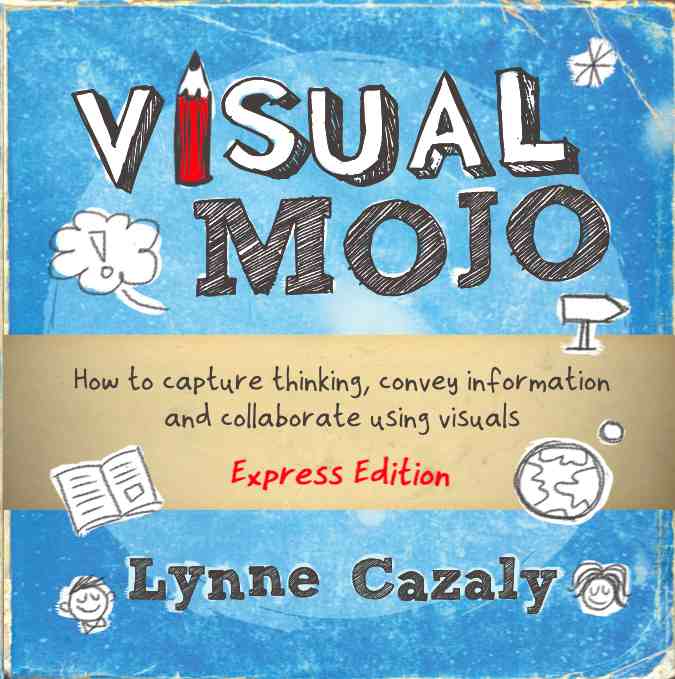 Let us give thanks... let us give respect, thanks and acknowledgement to two awesome and life changing tools :
Let us give thanks... let us give respect, thanks and acknowledgement to two awesome and life changing tools :
- The Post-it Note (Well, anything Post-it really, brilliant)
- The Sharpie (In fact any marker. They're super too).
Used together, they are life changing, team changing and world changing tools.
So now that we've given thanks to them, we must realise that they alone (or together) do not a 'workshop' make.
When you're getting the team, clients, users, customers, stakeholders - anyone! - together and you ask them to write their thoughts or some comments on a post-it note, it isn't a workshop.
It's ONE tool, one task, one process in that workshop.
What do you then do with those Post-its? Put them not a wall, whiteboard or flip chart and start categorising or sorting? That's another process or task.
I've got to say, I'm seeing patterns before my eyes! The write-it-and-post-it technique can be limiting, repetitive and very 'same-same'.
I'm not dissing the approach per se; it works, it's just... overworked.
Hands up if you've been in a workshop/meeting/conversation/session/thing where you wrote stuff on a Post-it and put it on a board/whiteboard/flipchart/wall/thing?
We can fall into tired patterns of what a workshop is, or what we can get a team or individuals to do in a workshop. When you want to engage with users, customers, stakeholders, sponsors, clients, you must think and plan what processes you'll use.
Don't wing it. If you're the facilitator or leader of the meeting or workshop, then it's up to you to plan, think, prepare and map out what processes you'll use - or at least have at hand - to help the team and group move, shift, achieve decide and do.
Break the Post-it pattern.
Continue to evolve, adapt and build up your toolkit of 'go-to' processes, tools and activities that you can use with a team.
Be ready to go where the team needs to go, do what needs to be done to respond to what's happening. (Oh, and it's not about playing 'icebreaker' games either! They're so 1980s.)
Participation, contribution, collaboration and engagement in workshops needs to be built, ramped up, encouraged and rewarded. That's how you go deep, that's how you get great stuff done.
So what are you planning? What are you doing and saying? How are you responding?
This is more powerful than 'Write your idea on a Post-it' x four times in the one workshop.
 Wednesday, December 18, 2019 at 10:12AM
Wednesday, December 18, 2019 at 10:12AM  The world has experienced a 'visual revolution' over the past decade.
The world has experienced a 'visual revolution' over the past decade.




















